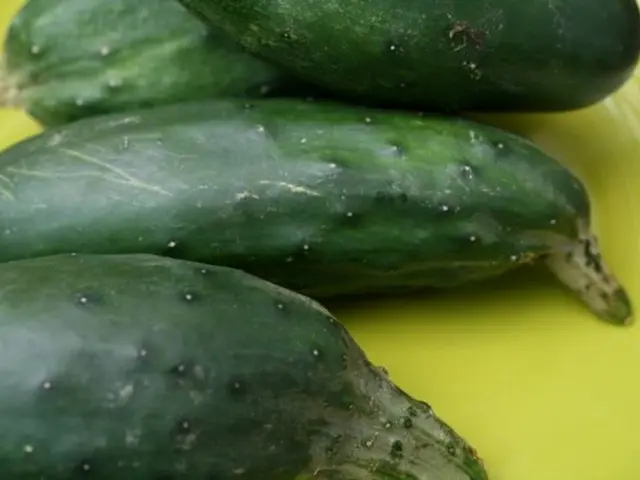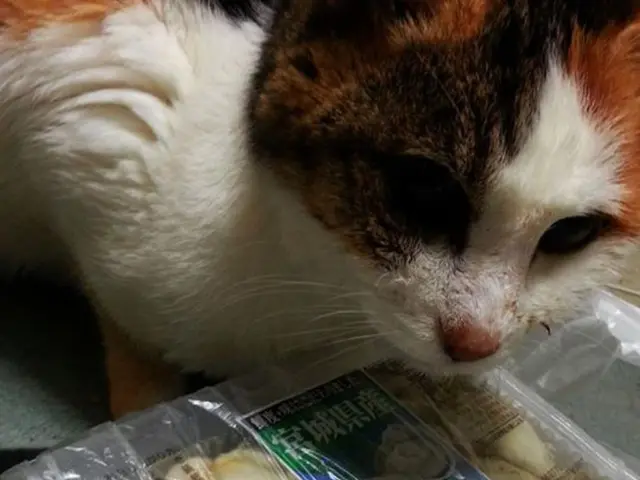Food expiration dates can be misleading: They don't always reflect food safety or quality.
Got some date labels on your foodie, huh? Here's what those phrases really mean, because let's be real - they don't always tell you what you think.
- Use-by, best if used by, or best if used by: These phrases give an idea of the last date when a product will be at its peak quality or flavor. But don't toss it just because it's past that date. Most products are still safe to eat after this date, as they are based on the food manufacturer's subjective opinion, not a specific safety standard.
- Sell-by or pull-by: These dates are for retailers - they indicate the last date an item can be sold or displayed on shelves. This date doesn't guarantee the product is no longer safe after that day. Some states even let shops sell or donate food that's reached this date but isn't spoiled yet.
- Packed on or closed on: This date tells you when your goodies were packaged, sealed, or canned. It's usually to help retailers track stock or pull items in case of a recall.
Knowing the difference between these dates can help you make smarter food choices and cut down on food waste. Now let's dive into freshening up your food safety skills!
Knowing if your food has gone bad
It's crucial to understand the signs that your food has gone funky. Keep an eye out for these red flags:
- Discoloration, mold, or mushy/runny textures
- Strange odors (although, sometimes bacteria doesn't create an obvious odor or visual change)
- Slimy or sticky uncooked meats, veggies, or fruits
- Cracks, rust, or swollen appearance in canned items
- Spots of mold on bread or baked goods, even if it's only around the moldy parts (remember, mold spreads!)
Pro tip: Ever-vigilant sniff test can help you determine if your milk has soured, but sometimes bacteria doesn't cause an obvious odor or visual change. Keep the "use-by" date and how long the package has been opened or stored in mind.
Keeping your food safe
To minimize food waste and preserve the freshness of your yummies, follow these strategies:
- Store food at the proper temperature. You can use various websites or apps to help you find the right storage times and temperatures.
- Keep your refrigerator at around 40°F and your freezer at 0°F. Don't forget to check the temperature with an inexpensive thermometer.
- Keep containers covered in your refrigerator and wipe up spills to reduce bacteria growth. Process any perishable items promptly after your grocery store run, and do the same with leftovers (they should not be kept out for longer than 2 hours).
- Practice the "first in, first out" method to use older items before new ones. If you're an organization superstar, consider tools like the FoodKeeper app to keep track of your food's freshness.
Food safety is a priority for immune-compromised individuals or people with medical conditions that increase their susceptibility to foodborne illnesses. And knowing how to decode those food date labels can go a long way in maintaining a healthy and delicious life!
- Understanding the implications of food date labels can contribute to making informed decisions about food safety and reducing food waste.
- For people with weakened immune systems or medical conditions that make them more susceptible to foodborne illnesses, knowing how to interpret food date labels is crucial for maintaining a healthy lifestyle.
- Proper refrigeration, prompt handling of perishable items, and following the "first in, first out" method are important strategies for preserving the freshness and safety of food.








